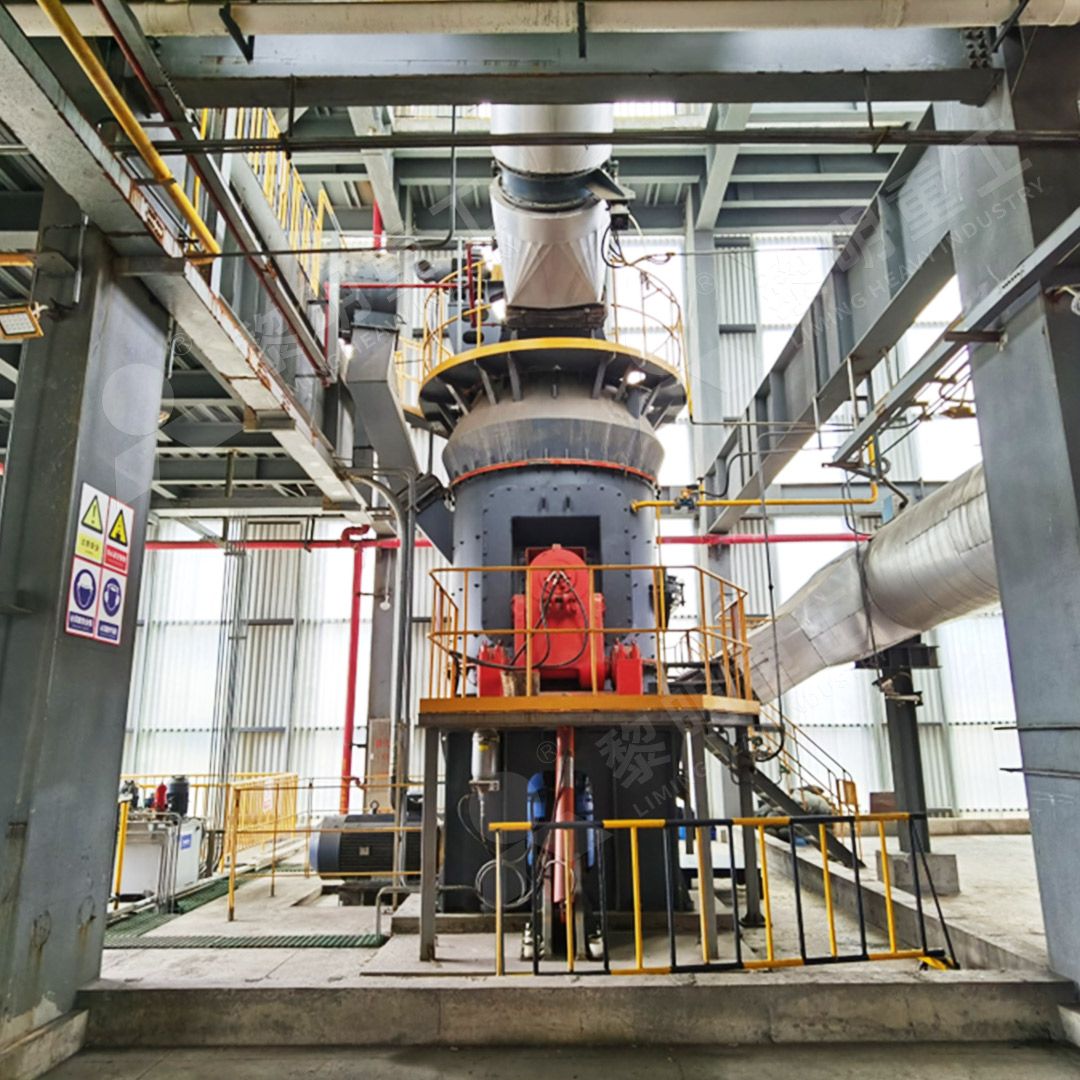Key Strategies for Maximizing ROI
Word Count: ~410
Investing in a cement grinding plant is a major capital decision. For plant managers and executives, the focus is squarely on Return on Investment (ROI). Achieving a rapid and substantial ROI hinges on optimizing several key areas: energy consumption, operational reliability, and product flexibility. A strategically planned and operated grinding plant is a powerful driver of profitability.
Strategy 1: Prioritize Energy Efficiency in Technology Selection
Energy, primarily electricity, can account for up to 40% of a grinding plant's operating costs. Therefore, the choice of grinding technology is the single most important factor for ROI.
Embrace Vertical Roller Mills (VRMs): As established, VRMs are the gold standard for energy efficiency. While the initial investment might be higher than for a ball mill system, the dramatic reduction in power consumption ensures a much faster payback period. The lower energy demand also future-proofs the operation against rising electricity prices.
Implement Variable Frequency Drives (VFDs): Installing VFDs on large motors (fans, mill drives, conveyor systems) allows for precise speed control based on real-time production needs. This avoids the energy waste of running equipment at full speed constantly, leading to significant additional savings.
Strategy 2: Leverage Process Control and Automation
Modern grinding plants are heavily automated. A robust Distributed Control System (DCS) is not a luxury but a necessity for maximizing output and consistency.

Stable Operation: The DCS maintains stable mill operation by automatically adjusting feed rates, gas flow, and classifier speed. This stability prevents production upsets, reduces the generation of off-spec product, and minimizes wear-and-tear on mechanical components.
Predictive Maintenance: Integrated sensors monitor equipment health (vibration, temperature, pressure). The system can alert operators to potential failures before they occur, transforming maintenance from a reactive, costly exercise into a planned, predictive one. This drastically reduces unplanned downtime, a major killer of profitability.
Strategy 3: Design for Flexibility and Value-Added Products
The most profitable grinding plants are those that can adapt to market demands.
Multi-Component Grinding: Design the plant with the storage and dosing systems to handle a wide range of supplementary cementitious materials (SCMs) like slag, pozzolans, or limestone. This allows for the production of various cement types (e.g., Portland Limestone Cement, Composite Cement) from the same line. These products often have a lower clinker factor, reducing both raw material costs and carbon taxes.
Optimized Logistics: A well-designed plant integrates efficient packaging and dispatch systems. This includes high-speed rotary packers and bulk loading stations to minimize truck turnaround time, ensuring the finished product can leave the plant and generate revenue without bottlenecks.
By focusing on these three strategic pillars—energy-efficient technology, intelligent automation, and operational flexibility—a cement grinding plant transforms from a cost center into a high-return, competitive, and sustainable enterprise.





